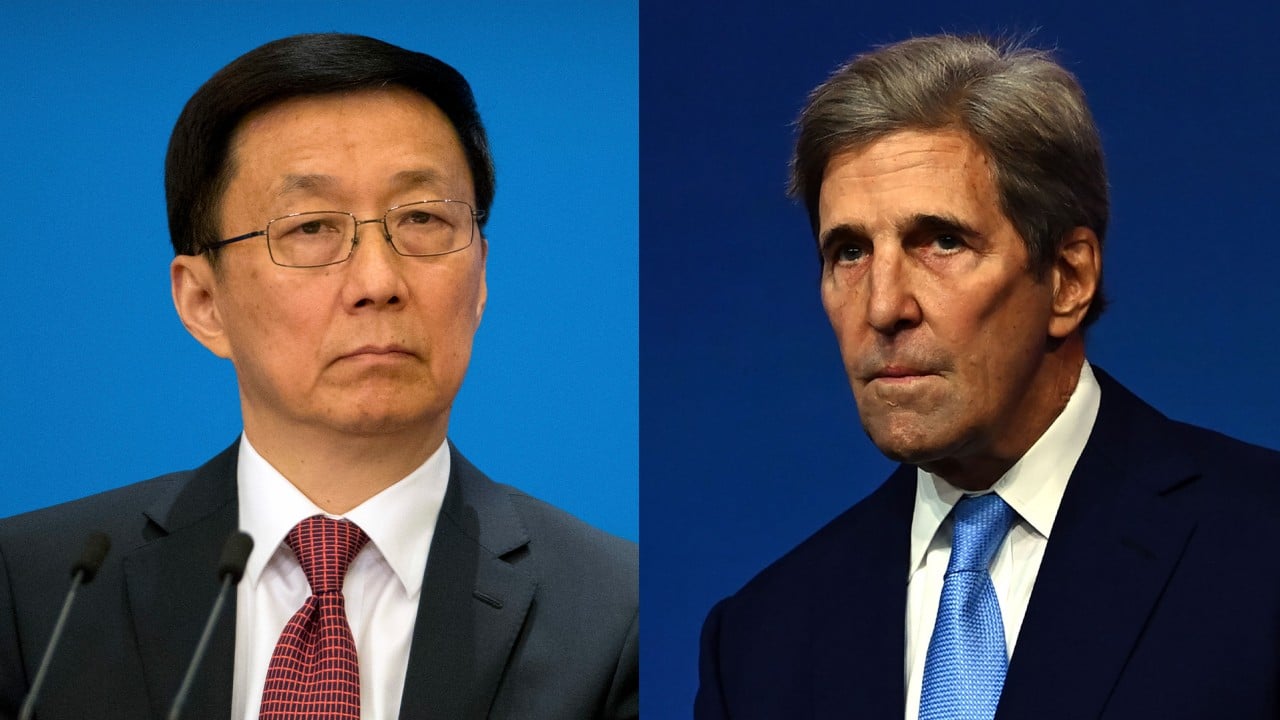
Explainer | ESG investing: what you need to know and how smaller ETFs outgun BlackRock, Vanguard with sustainable screening and benchmarking
- ESG-themed funds more than doubled to US$51.1 billion in the US last year, nearly tripled to US$36.7 billion in Asia ex-Japan in the year to March 2021
- Some ETFs managed by smaller funds have outperformed S&P 500 and ETFs managed by titans like BlackRock and Vanguard
Assets focused on companies that strive to protect the environment, promote good social values and adhere to good corporate governance, or ESG in short, have climbed in four straight quarters, according to fund tracker Morningstar. They amounted to US$185 billion in the first quarter this year, driving the total size to almost US$2 trillion globally.
In the US, ESG-themed funds more than doubled to US$51.1 billion in 2020. In Asia excluding Japan, managed sustainable fund assets have almost tripled to US$36.7 billion in March 2021 from a year earlier.
Here’s what asset owners need to know about ESG investing and its processes.
Does ESG investing enhance returns for investors?
Such dedication has paid off, especially for smaller funds, based on studies by universities and investment banks.
What strategies do fund managers use to allocate funds for ESG investing?
Many traditional funds use the exclusion method to filter companies in undesired sectors from their portfolios. They include tobacco and casinos and those stained by corruption and labour rights abuses.
ESG investing has gained ascendancy as society’s expectations on such ethical issues have increased globally. Tougher official regulations also mean companies performing poorly on these issues constantly face risks of penalty or loss of business.
How is ESG performance assessed by external ratings providers?
Major ESG ratings providers include MSCI, S&P Global Ratings, Sustainalytics, Moody’s ESG Solutions and Refinitiv. They typically rate thousands of companies on which they collect data from official filings, news reports and market surveys.
There are also niche players like MioTech, which focus on Chinese firms, and California-based physical climate risks provider known as Four Twenty Seven, part of Moody's ESG Solutions. Most of them employ artificial intelligence technology to automate data collection and calculations. Moody’s Investors Service also separately provides ESG ratings to describe how sustainability considerations affect their creditworthiness.
BlackRock, the world’s largest asset manager with US$9 trillion, runs a risk management platform called Aladdin. It gives wealth managers, insurers and corporate treasurers access to ESG databases from several providers, and allows them to customise their own analysis.
How does ESG scoring work?
Within each pillar of ESG factors, multiple metrics are typically assigned different weightings for companies in different sectors.
The ratings providers will score a company for each metric within the three ESG pillars. They are later summed up for an overall score and assigned a grade, akin to credit-rating scales.
For example, MSCI ranks a company’s ESG performance based on seven colour-coded ranges from AAA for industry leaders to CCC for laggards. Miotech assesses companies based on a 12-step ranking, from the best at AAA to the worst at D, while Sustainalytics grades them based on five risk levels from negligible to severe.

01:57
US, China put aside differences for pledge to work together on climate change
What do fund managers do with external ESG scores?
ESG scores and ratings are only for reference and are just the start of the evaluation process. While they are helpful for peer comparison and investing guidance, the learning process will take time for investors and money managers alike.
“It is very difficult to reduce the complexities of all the ESG factors of a business to a single number or letter, although such scores [and grading] do help us to benchmark a company against its peers,” said William Ng, an ESG engagement analyst at HSBC Asset Management. “What is more important is how material ESG factors impact a company’s capital allocation, supply chain, business strategy, earnings and capital market valuations.”
To bridge the knowledge gap, fund managers engage with companies to find out key information that has big implications on their long term sustainability outlook. Analysts at Fidelity International, for example, conduct both fundamental and ESG analysis in their global stock coverage.
“ESG analysis needs to be fundamental, and needs to be dealt with via engagement with the companies,” said Gabriel Wilson-Otto, sustainability investing director at Fidelity. “We need to be much more granular to make sure we get the more insightful set of issues that we are trying to address.”
How do fund managers use ESG data?
Global asset management firms typically collect thousands of ESG scores from multiple providers, and use their own methodologies to pick the metrics most relevant to each industry’s financial performance.
How they narrow down industries into sub-sectors for customising their ESG investing models will differ in complexity. HSBC splits the investible universe into 24 industries, while Fidelity breaks it down to 99 sectors and BNP Asset Management classifies them into 20 sectors.
Fund managers typically do not place much attention to the ESG scores from the data providers. Instead, they feed raw ESG data into their proprietary models to supplement other financial performance metrics to guide their investment decisions.

01:49
COP25 summit: China regrets inconclusive end to UN climate-change talks
“It is okay to use third-party data for reporting or measuring purposes,” said Tomomi Shimada, lead strategist on Asia-Pacific sustainable investing at JP Morgan Asset Management. “But for research and actually making an informed investment decision, we want it to be driven by our own framework.”
For certain, the ESG analysis process is not a straightforward numeric exercise or an exact science, as the process is subject to a lot of discretionary elements and fine-tuning along the way.
“For companies with weak ESG scores, we can still invest in them,” said Paul Milon, head of stewardship in Asia-Pacific at BNP Paribas Asset Management. “But this must be subject to additional ESG analysis and engagement with the firms, to make sure there are no red flags.”

